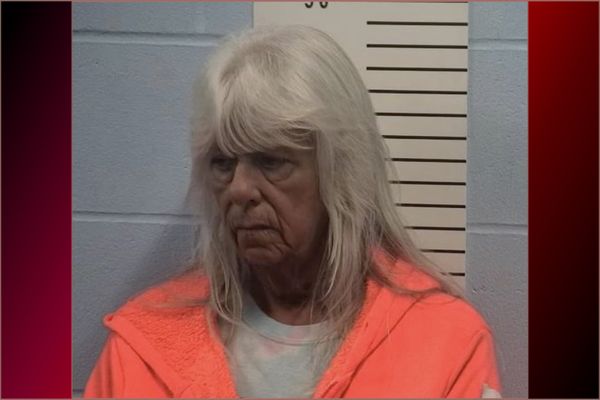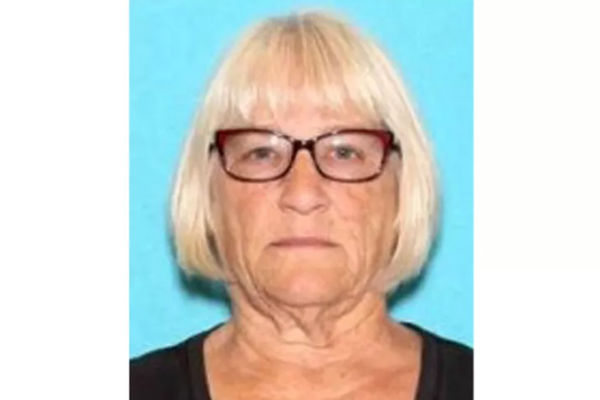
A record 420,314 children and young people a month are being treated for mental health problems, according to the latest NHS figures. Here a consultant child and adolescent psychiatrist who until recently worked within NHS child and adolescent mental health services (CAMHS) describes the frustrating and relentless daily battle to meet the soaring demand and help those most in need.
Until last year I worked as a consultant child and adolescent psychiatrist within the NHS CAMHS service. I had dedicated 20 years of my life to reach that position, and worked in a speciality close to my heart.
I first became interested in child psychiatry as a 12-year-old when I spent my summer volunteering in a Romanian orphanage. There I saw first-hand the effects of trauma and neglect upon mental health and child development. I knew this was the field of work I wanted to work in, and hoped that early intervention would have a profound impact upon the outcomes of children who need help.
But after 15 years working in the NHS alongside extremely dedicated and committed colleagues, I made the difficult decision to resign because I could no longer be part of a system which is clearly broken, and no longer able to provide the early intervention that is so vital in so many cases.
While CAMHS has been stretched for many years, with lengthy waiting times and limited availability of therapeutic services, the Covid-19 pandemic and its aftermath has ground the service to a halt.
Waiting times increased in some cases from one year to three years. Many children are now being told they do not meet the threshold for CAMHS, despite being suicidal or restricting their eating to dangerously low levels. One young autistic girl with eating difficulties had struggled to get any help because of the huge demand for treatment. By the time I saw her in CAMHS, her mother told me she was eating only one stick of celery a day. Sadly, she was one of many in the same position.
As well as acute mental health problems, similar difficulties are experienced by families seeking a diagnosis for autism and ADHD. Many of them were not considered “high risk” and therefore not prioritised. Many girls on the autism spectrum often do not even make it to the assessment stages, because they are being screened out by CAMHS questionnaires that often don’t identify autism among high-functioning girls.
While this may help reduce waiting lists, for many girls it leads to a lack of understanding about their underlying neurodevelopmental difficulties and culminates in a plethora of co-morbid mental health difficulties such as self-harm and anxiety disorder.
I shared the same frustrations as many of my CAMHS patients, who had in many cases waited years to see me. I remarked to my husband that families were often angry before they had even met me. With the waiting times as long as they are, I can understand why.
Children and their families don’t just face waiting long delays for care. Even getting a referral or being seen by a relevant healthcare professional can mean having to navigate a really complicated system.
I spent most days feeling that if only I had seen the child in a timely manner, I may have been able to prevent the need for this child to take antidepressant medication – something that I, as a mother of two, would seek to avoid for my children.
I left CAMHS with a heavy heart because the plight of the many children in the UK needing help for mental health problems is now not dissimilar to those children I met 25 years ago in the Romanian orphanages.
With record numbers of children and young people now coming forward help in the wake of the pandemic, it is absolutely vital that CAMHS is properly funded to enable it to help all those in need.
Dr Lubna Karim is a consultant child and adolescent psychiatrist







